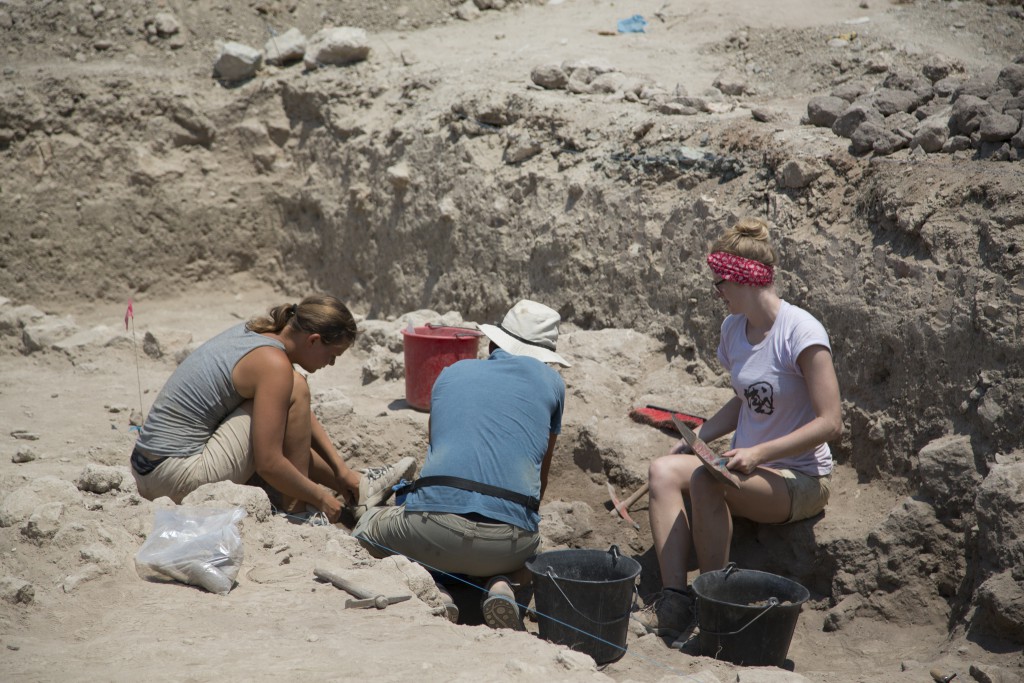Research aims
While the Middle Chalcolithic (ca. 3500-2900 BC) has been well investigated at sites such as Lemba-Lakkous, Kissonerga-Mosphilia, and Kissonerga-Mylouthkia, the Late Chalcolithic, ca. 2900-2500 BC, which forms the transitional stage into Bronze Age, is much less well understood. Chlorakas-Palloures has both Middle and Late Chalcolithic occupation layers, and is therefore ideally suited to investigate the transition between the two periods and the nature of the settlement in the Late Chalcolithic period. The hypothesis is that the Late Chalcolithic is a crucial period for the development of metallurgy, and social differentiation, as evidenced for example in the pithos house in Kissonerga-Mosphilia.
The primary goals of the Chlorakas- Palloures excavations are:
– to obtain a better understanding of the social and cultural developments in Chalcolithic Cyprus;
– to better understand the transition from the Middle Chalcolithic to the Late Chalcolithic; and
– to better document the nature of the settlement in the Late Chalcolithic.
More specific questions are: first, what is the variation in houses and burials in the settlement and what does this tell us about society; second, what evidence is there for craft specialization in the settlement; and, third, are there any exotic materials and artefacts present and what do they tell us about (changes in) exchange networks.
